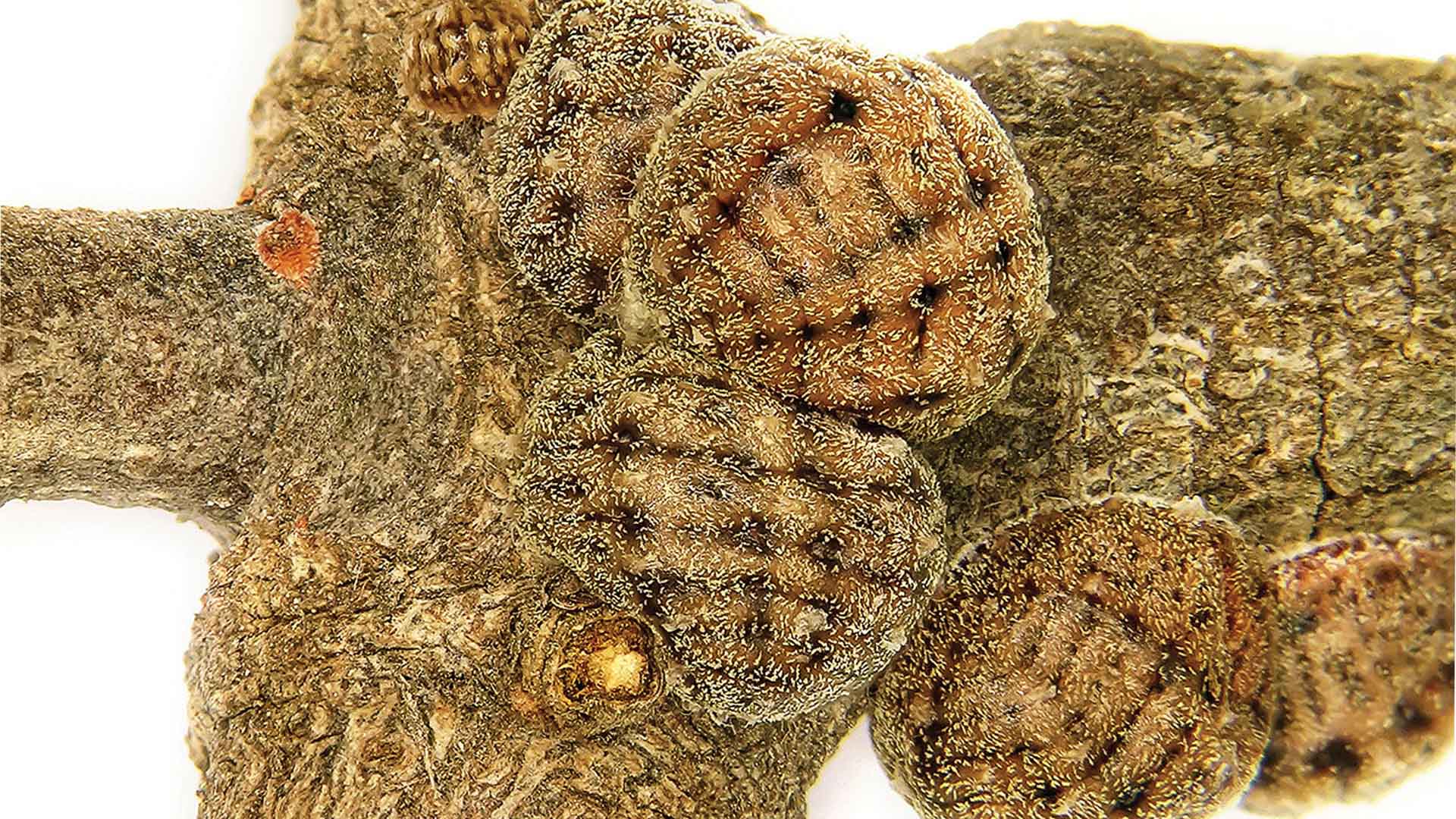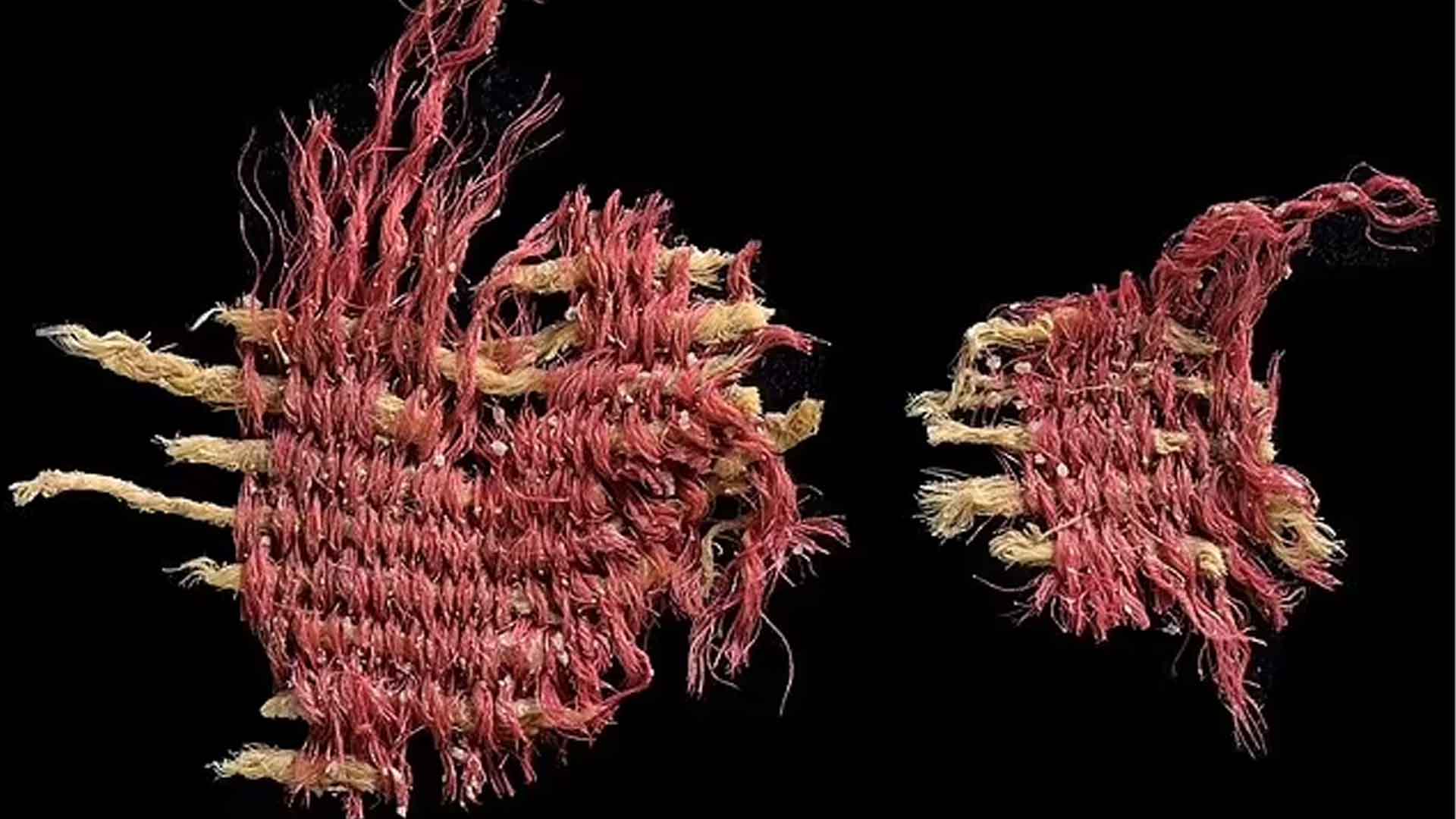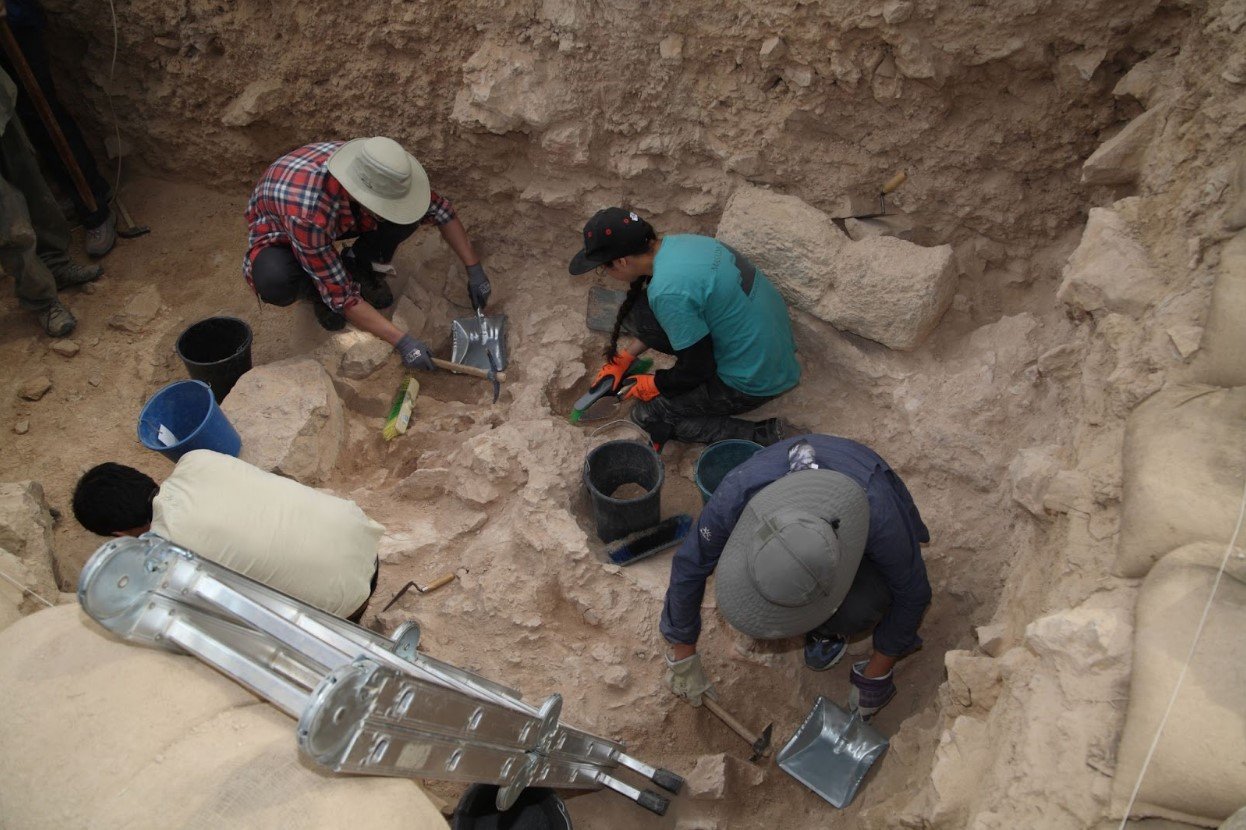3,800-Year-Old Artifact Could Support Stories In The Bible
In a stunning discovery, archaeologists have unearthed a 3,800-year-old textile in Israel’s Judean Desert. This artifact, found in the “Cave of Skulls,” features woolen threads dyed with the “scarlet worm” dye, mentioned numerous times in the Bible.
This finding not only offers a glimpse into ancient dyeing techniques but also strengthens the potential connection to biblical narratives.
The 'Scarlet Worm' Dye
The dye used on the ancient textile was derived from the carcasses and eggs of the Kermes scale insect. These insects were collected, dried, and ground into a powder to produce the vibrant red dye.

Source: russn_fckr/Unsplash
This process is mentioned 25 times in the Old Testament, highlighting its significance in ancient times.
Biblical References to the Scarlet Dye
The scarlet dye, known as shani or tola’at shani in Hebrew, is referenced in several biblical passages.

Source: Rod Long/Unsplash
This discovery provides tangible evidence of such descriptions, bridging the gap between scripture and archaeology.
Advanced Analysis Techniques
Researchers used high-performance liquid chromatography (HPLC) to analyze the dye on the textile. The method allowed them to identify the kermesic acid from the Kermes vermilio species, confirming the use of this specific insect.

Source: Christopher Furlong/Getty Images
This advanced analysis highlights the precision and dedication of ancient dyeing practices.
Carbon-14 Dating Confirms Age
Carbon-14 analysis dated the textile to the Middle Bronze Age, between 1767 and 1954 BC. This period aligns with the biblical timeline, suggesting that the use of scarlet dye was prevalent during this era.

Source: Freepik
The dating of the textile adds another layer of credibility to the historical accuracy of biblical accounts.
The Discovery Site: Cave of Skulls
The Cave of Skulls, where the textile was found, is located in the Judean Desert. This cave has been a significant archaeological site, providing insights into ancient civilizations.

Source: Trnava Universty/Unsplash
The discovery of the textile in such a historically rich location adds to its importance and context.
Significance of the Scarlet Dye
The red dye from the Kermes insect was highly prized for its stability and beauty. It was more prestigious than vegetal dyes and held significant historical symbolism.

Source: Spodek M, Ben-Dov Y/Wikipedia
The use of this dye in the textile indicates its value and the advanced dyeing techniques of ancient societies.
Weaving Techniques of the Ancient Textile
The textile features a weft-faced tabby design with woolen threads dyed red and woven through undyed linen threads.

Source: Israel Antiquities Authority
This intricate weaving technique demonstrates the skill and craftsmanship of ancient weavers. The lattice-like design adds to the textile’s uniqueness and historical value.
Historical Trade and Commercial Networks
The use of Kermes dye in the textile suggests extensive trade networks in the ancient world.

Source: Jumbuk73/Pixabay
The presence of this prestigious dye indicates that there were established commercial routes for acquiring and distributing such valuable resources.
Implications for Biblical Stories
The discovery of the scarlet-dyed textile provides physical evidence to potentially support biblical descriptions.

Source: Freepik
This artifact bridges the gap between written scripture and archaeological findings, lending credibility to the historical accuracy of the Bible.
Quotes from Experts
Dr. Naama Sukenik from the Israel Antiquities Authority stated, “This advanced analytical method enabled us to pinpoint the dye’s origin down to the exact species of scale insect.”

Source: Freepik
Professor Zohar Amar added, “The Biblical association of this color with a living creature demonstrates impressive zoological knowledge.”
Bridging History and Archaeology
This discovery serves as an example of the rich historical tapestry of the Middle Bronze Age, highlighting the advanced techniques and extensive trade networks of ancient societies.

Source: Dan Porges/Getty Images
The 3,800-year-old scarlet-dyed textile is a significant archaeological discovery. Its intricate design, advanced dyeing techniques, and historical context offer a unique glimpse into the ancient world.
